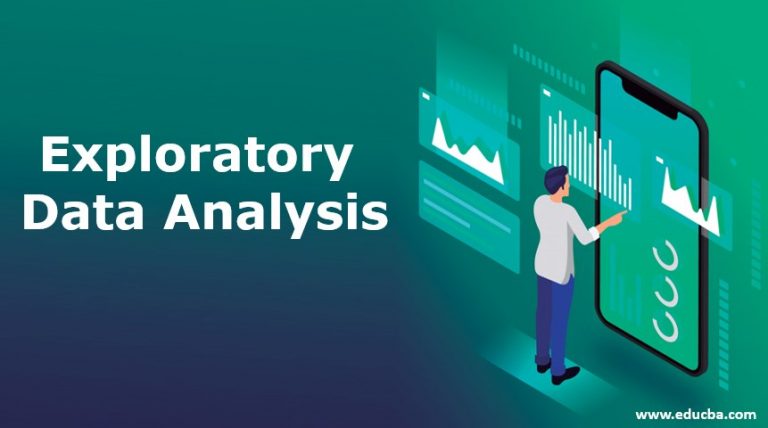Exploratory Data Analysis (EDA) is a critical step in the data analysis process that involves summarizing, visualizing, and understanding the main characteristics of a dataset. It plays a pivotal role in uncovering valuable insights and patterns that can guide further analysis and decision-making.
Understanding Data Distribution and PatternsEDA allows data analysts and scientists to gain a deep understanding of the distribution of data, including measures such as mean, median, and standard deviation. Visualizations like histograms, box plots, and density plots help to identify patterns, outliers, and potential data anomalies that might require special attention or cleaning.
Identifying Relationships and CorrelationsEDA facilitates the exploration of relationships between variables in a dataset. Scatter plots and correlation matrices can reveal whether certain variables are positively, negatively, or not correlated at all. These insights can guide the formulation of hypotheses and guide subsequent modeling or hypothesis testing.
Uncovering Hidden InsightsOften, EDA can uncover insights that were not initially apparent. Visualization tools can unveil unexpected trends, clusters, or patterns, leading to new avenues of inquiry. These insights may have a significant impact on business strategies, scientific research, or decision-making processes.
Guiding Data PreprocessingBefore diving into complex analysis or modeling, thorough EDA can help determine necessary data preprocessing steps. Handling missing values, outlier treatment, and feature scaling are essential tasks that EDA can guide. By understanding the data's characteristics, analysts can make informed decisions on how to prepare the data for further analysis.
Communicating Findings EffectivelyEDA aids in the creation of compelling visualizations and summaries that can effectively communicate complex insights to non-technical stakeholders. By presenting data-driven narratives, organizations can make informed decisions based on evidence.
Exploratory Data Analysis is a cornerstone of effective data analysis. By thoroughly exploring and understanding the characteristics of a dataset, analysts can uncover valuable insights, identify potential issues, and make informed decisions. EDA sets the stage for more advanced analysis techniques and forms the basis for data-driven discoveries.






